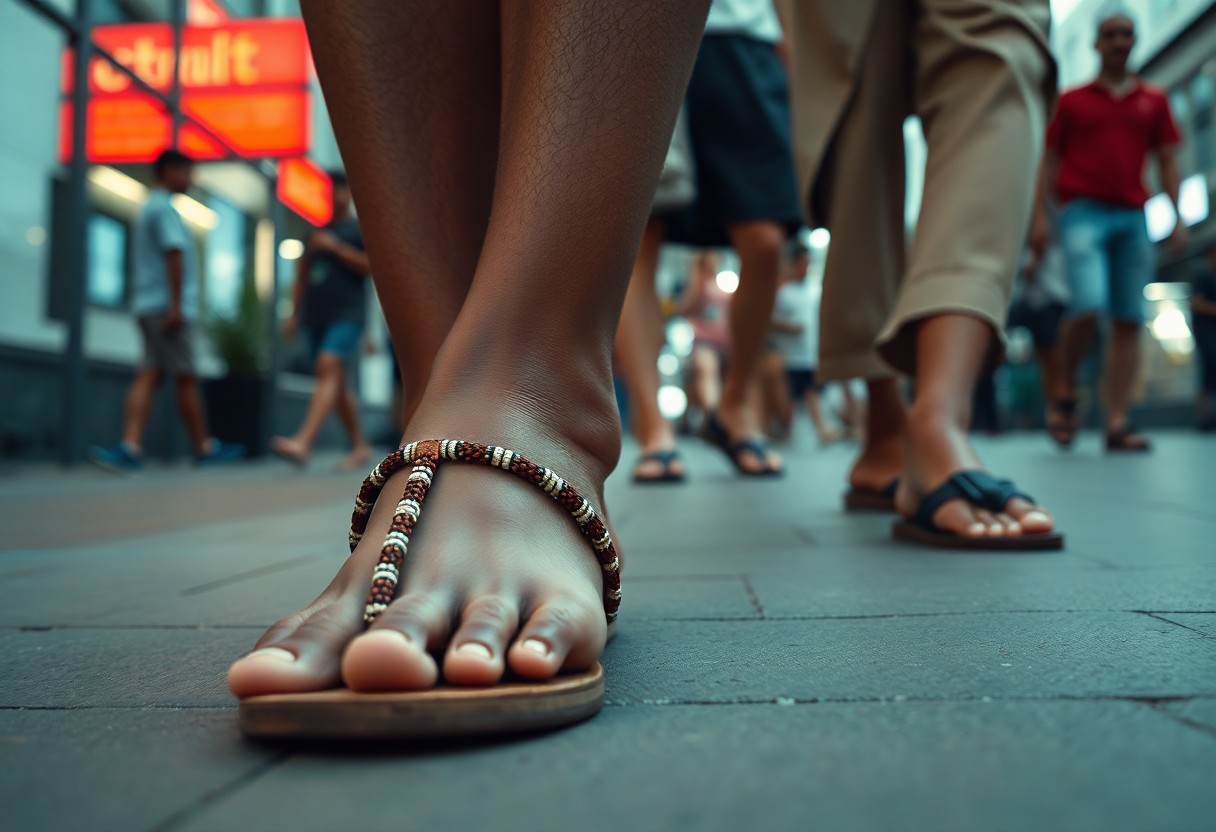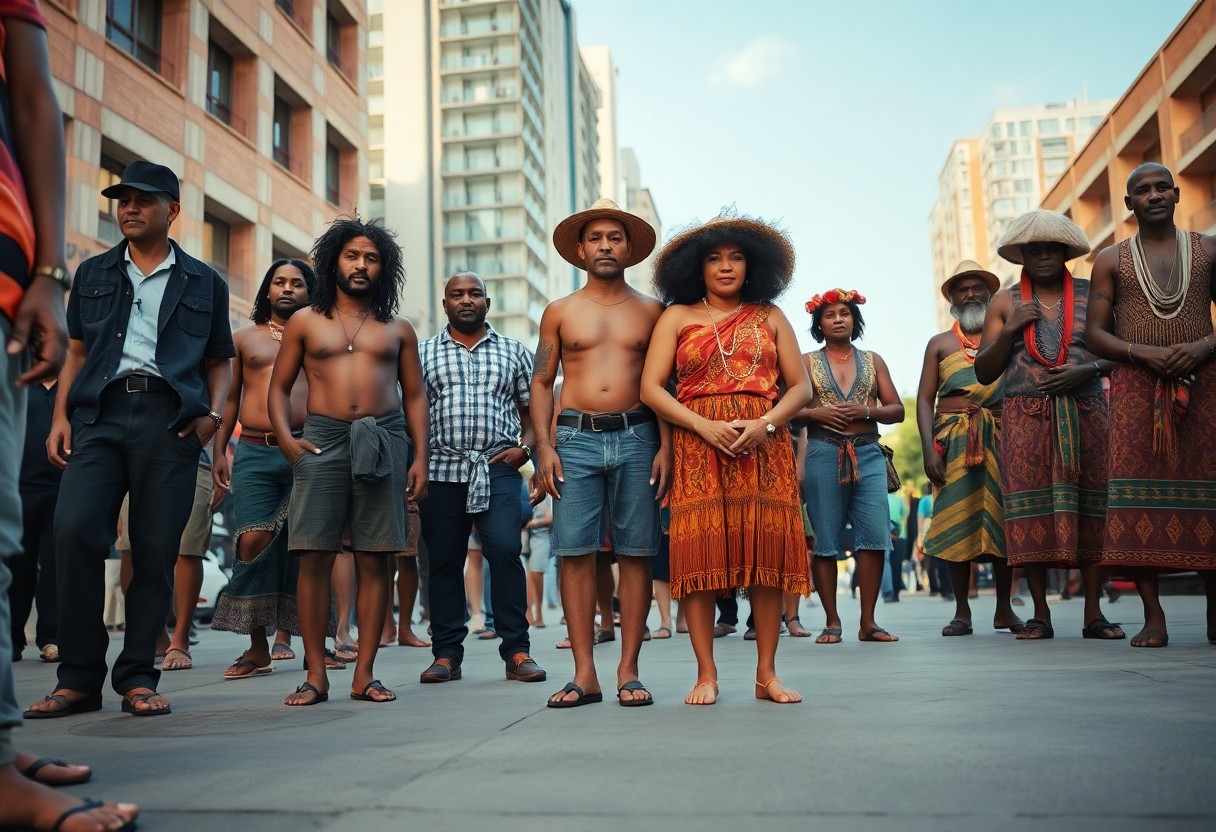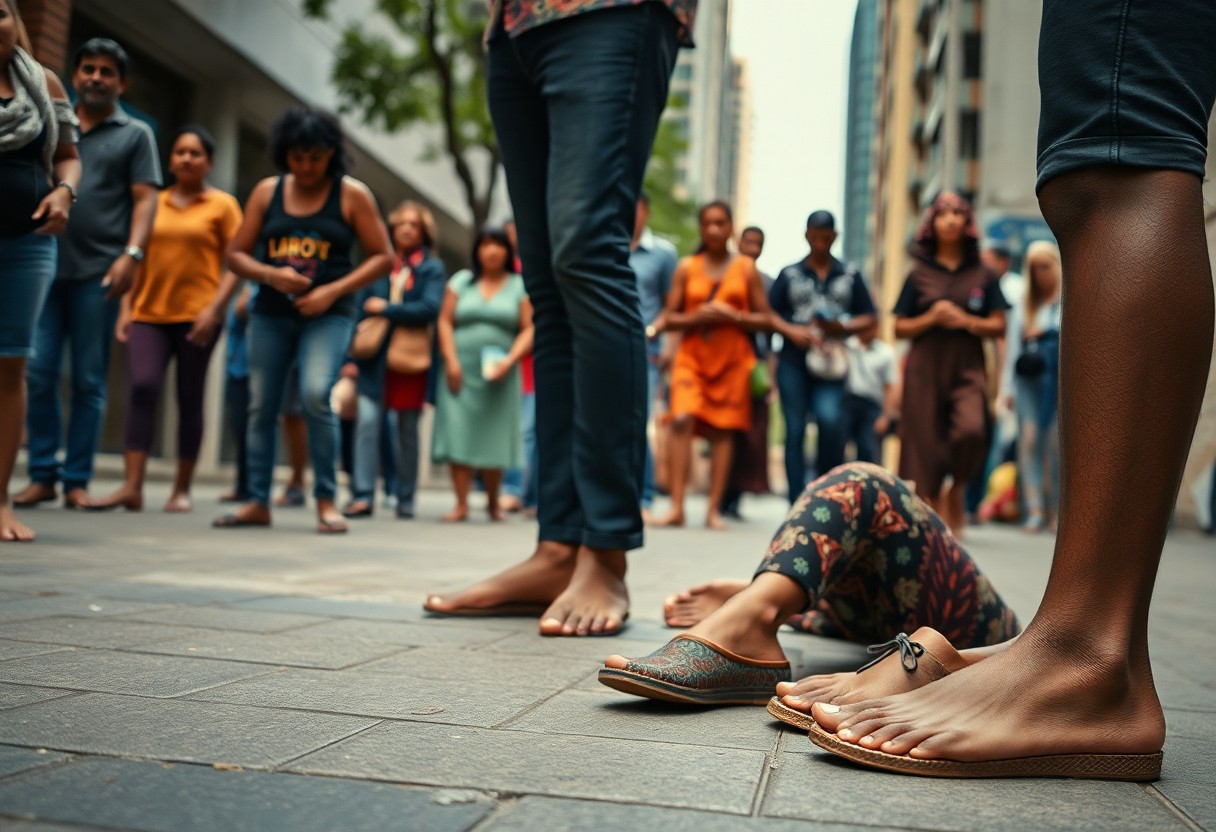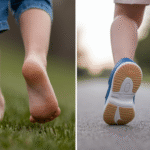
Investigating the realm of barefoot footwear through the perspective of cultural anthropology reveals captivating stories that link the deep-rooted traditions of Indigenous cultures to the contemporary urban milieu. As you immerse yourself in this fascinating evolution, you will discover how cultural beliefs and practices surrounding minimalist footwear shape our perceptions of comfort, our connection to the earth, and the avenues for personal expression we pursue. Engaging with these themes not only enriches your understanding but also encourages a reevaluation of how the footwear you select can reflect profound cultural significance and individual identity.

Discovering the Links Between Ancient Footwear Traditions and Modern Innovations
The contemporary footwear industry represents a dynamic tapestry that interlaces ancient customs with cutting-edge innovations, fostering a growing appreciation for barefoot footwear. This exploration not only honours traditional Indigenous techniques but also adapts these practices to resonate with your modern lifestyle. By acknowledging the historical significance of these customs, you can uncover an exciting fusion of cultural respect and functional aesthetics in your daily footwear selections, thereby enriching your personal style while simultaneously paying homage to the past.
Examining the Conditioning Techniques of Indigenous Cultures Compared to Modern Practices
Across the globe, Indigenous cultures have employed specific conditioning techniques to fortify their feet for a variety of terrains. Methods such as walking barefoot over diverse surfaces have strengthened the arches and muscles in ways that many contemporary approaches often overlook. Today, although you may come across minimalist footwear designed to emulate these benefits, they seldom replicate the authentic experience of true earth contact, which is vital for nurturing natural foot strength and flexibility.
The Evolution of Military Footwear: From Ancient Caligae to Contemporary Tactical Boots
The narrative of military footwear is a captivating saga of adaptation and innovation, evolving from the robust Roman caligae, engineered for durability and traction, to today's tactical boots that combine protection with agility and comfort. An analysis of these transformations reveals a consistent principle: in challenging environments, functionality takes precedence, necessitating equipment that enhances endurance and mobility for soldiers.
The Roman caligae epitomised a sophisticated response to military requirements, crafted from durable leather with an open-toe design to facilitate ventilation. This ancient footwear featured thick soles that effectively absorbed shock and provided essential traction, crucial in combat situations. Fast forward to the present, and tactical boots are now constructed from advanced materials such as Kevlar and waterproof membranes, significantly improving durability and performance. These modern designs incorporate padded collars and state-of-the-art cushioning systems to reduce injuries during strenuous military activities. By appreciating the legacy of military footwear, you can clearly observe how these historical forms have laid the foundation for contemporary advancements, merging heritage, practicality, and cutting-edge technology to meet the rigorous demands of today’s warriors.

Examining the Differences in Footwear Choices Between Urban and Rural Areas
The variations in footwear selections between urban and rural settings highlight profound cultural and practical distinctions. Urban environments often prioritise style and brand identity, whereas rural areas may focus on practicality and durability. As barefoot footwear gains traction, urban dwellers are progressively embracing its minimalist design, viewing it as both a fashion statement and a pathway to perceived health benefits. Conversely, individuals in rural regions may remain hesitant, influenced by traditional norms and the practical necessities of their surroundings.
Emerging Urban Trends in the Adoption of Barefoot Footwear
In cityscapes, a noticeable shift towards the acceptance of barefoot footwear is currently underway, with adoption rates steadily increasing over the past decade. This trend is propelled by several factors, including a rise in health consciousness, a growing interest in natural movement, and the influence of fitness trends such as yoga and running. Research indicates that approximately 35% of urban residents have actively sought out barefoot-style shoes, signifying a cultural transition towards embracing innovative body mechanics.
Understanding Gendered Barriers in the Adoption of Barefoot Footwear: Who is Leading the Movement?
Gender dynamics play a significant role in the acceptance of barefoot footwear, with distinct motivations driving the choices of men and women. Women often face greater societal pressures related to fashion and aesthetics, which may deter their willingness to embrace minimalist styles. In contrast, men may be more motivated by the performance and health benefits of these shoes, resulting in higher adoption rates among male populations.
Further exploration into the gendered aspects of barefoot footwear adoption reveals that societal expectations can heavily influence women's decisions. Women frequently navigate a landscape where ideals of beauty and fashion overshadow practical health advantages. For instance, studies indicate that approximately 45% of men in urban areas are inclined towards barefoot shoes, compared to only 30% of women. Female consumers often grapple with the balance between style and function, making them more cautious as they weigh the aesthetics of barefoot footwear against their need for comfort and support. By empowering women through targeted awareness campaigns and promoting fashionable barefoot options, the willingness to embrace this trend could increase, potentially transforming urban footwear narratives and fostering greater inclusivity across genders.

Groundbreaking Innovations Shaping the Future of Barefoot Footwear
As the demand for barefoot footwear continues to escalate, innovative technologies are set to redefine your approach to comfort and performance. Breakthroughs in materials science and personalised fitting techniques will not only enhance functionality but also customise your walking experience, merging traditional wisdom with contemporary design principles. You are entering a period where your footwear becomes as distinctive as the journey it accompanies, resulting in improved comfort and performance.
Achieving the Perfect Fit Through 3D Scanning Technology
The emergence of 3D scanning technology is revolutionising the customisation of barefoot footwear, allowing for a precise fit that conforms to your unique foot shape. Rather than settling for generic sizes, your shoes can be carefully crafted to align with the contours of your feet, dramatically improving comfort and reducing the risk of injury. Custom-fit options will not only enhance your walking experience but also make barefoot shoes more accessible to individuals with varied foot shapes and sizes.
Integrating Smart Sensors: The Future of Footwear Technology
The incorporation of smart sensors into barefoot footwear is poised to revolutionise the market by embedding technology directly into the soles. These innovative features can monitor various metrics, from distance travelled to foot pressure, providing you with invaluable insights to optimise your walking or running habits. With real-time data at your fingertips, you can adjust your activities to enhance performance and ensure safety.
Imagine having access to real-time analytics while you walk or run. Smart sensors can track your gait, alerting you to any irregularities that could lead to injury. Some forward-thinking brands are already developing footwear capable of analysing your foot's impact on various terrains, offering personalised recommendations for style or cushioning adjustments on the fly. This cutting-edge integration merges smart technology with the traditional barefoot philosophy, ensuring that you maintain a natural stride while harnessing the latest advancements in wearable tech. The potential for enhancing sports performance, rehabilitation, and everyday comfort is limitless, fundamentally redefining how you interact with your environment with every step.
Reflecting on the Evolution of Barefoot Footwear
Your investigation into the cultural anthropology surrounding barefoot footwear unveils a rich narrative woven from the strands of Indigenous traditions to contemporary urban practices. By embracing the principles of natural movement and a connection to the earth, you gain insights into how this footwear philosophy transcends mere fashion, significantly influencing lifestyle choices and community values. As you ponder these diverse perspectives, consider how your footwear selections can embody and promote a deeper understanding of cultural heritage and adaptability in today’s dynamic world.
The Article Cultural Anthropology of Barefoot Footwear: From Aboriginal Traditions to Modern Urban Adoption appeared first on My Shoes Finder
The Article Cultural Anthropology of Barefoot Footwear: Traditions to Today Was Found On https://limitsofstrategy.com






